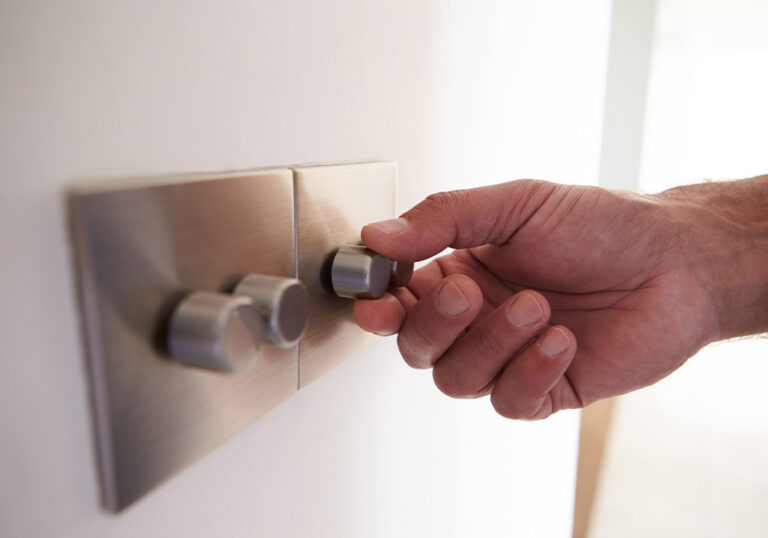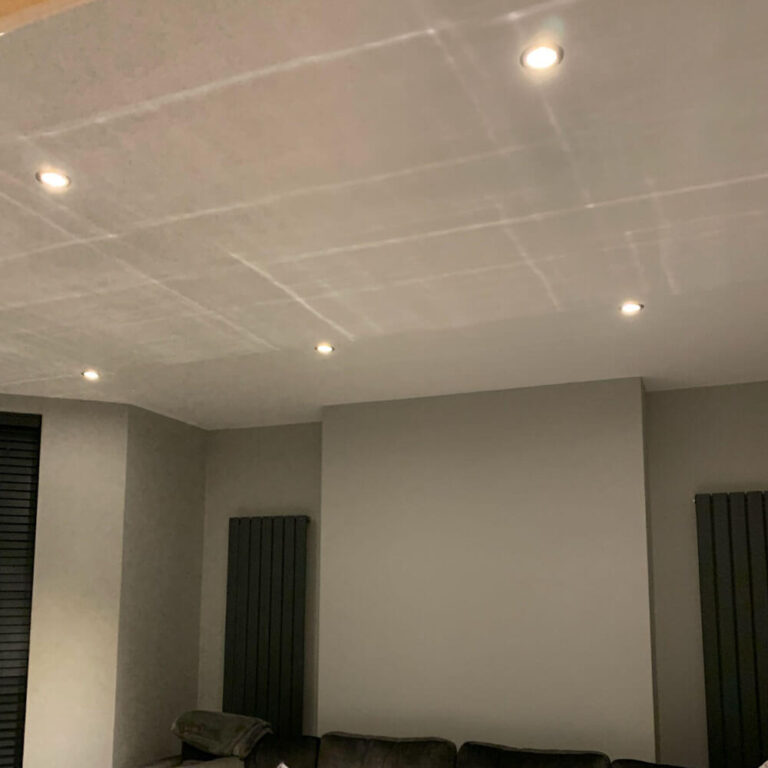LED Light Power Consumption: Understanding Efficiency and Costs
LED lighting has revolutionised energy consumption in homes, businesses, and public spaces across the globe. As a solid-state lighting technology, LEDs—or Light Emitting Diodes—offer significant advantages over traditional incandescent and fluorescent lights. Most notably, they are renowned for their lower power usage and longer lifespan. Your choice of lighting impacts not just the ambiance of your spaces but also your electricity bill and carbon footprint. Understanding the power consumption of LED lights is essential in making informed decisions about energy use and cost savings.
When considering the efficiency of LED lights, you will find that these lights consume significantly less electricity than conventional lighting options for the same level of brightness. This efficiency is quantified in lumens per watt, a measure that reflects the amount of light produced for every watt of electricity used. With advancements in technology, LED lights continue to improve in lumens per watt, leading to even greater energy savings.
Key Takeaways
- LED lights consume less electricity, offering savings on energy bills.
- Energy efficiency of LED lights is measured in lumens per watt.
- Advanced technology in LED lighting enhances their power-saving capabilities.
Fundamentals of LED Light Power Consumption
When considering the power consumption of LED (Light Emitting Diode) lighting, it’s important to understand that lumens measure brightness, not watts. The wattage of an LED light refers to its power draw when switched on.
LEDs are designed for energy efficiency. They consume significantly less energy than incandescent and CFL (Compact Fluorescent Lamp) bulbs. This efficiency is largely due to the higher luminous efficacy of LEDs, which is the ratio of luminous flux (in lumens) to power consumption (in watts).
Here’s a simple comparison:
| Light Type | Power Use |
|---|---|
| LED | 5 – 30 watts |
| Incandescent | 40 – 100 watts |
| CFL | 8 – 15 watts |
Your LED’s energy consumption is influenced by factors such as wattage and frequency of usage. For example, a 5-watt LED bulb used for 2 hours a day would consume less electricity than the same bulb used for 8 hours a day.
To calculate the energy consumption, you can use the following formula:
Daily consumption (Watt-hours) = Wattage of LED × Hours used per day
Annual consumption (kWh) = Daily consumption × 365 (days) / 1000
For example, a 10-watt LED light used for 6 hours a day results in:
Daily: 10 watts × 6 hours = 60 Wh
Yearly: 60 Wh × 365 / 1000 ≈ 21.9 kWh
Understanding these principles helps you estimate the impact of switching to LED lighting on your electricity consumption and costs.
Calculating LED Power Usage
To manage your energy consumption effectively, it’s important to understand how LED light usage translates into electricity bills.
Understanding Wattage and Electricity Bills
Wattage is the amount of electricity required to power your LED light. Knowing the wattage of your LED is crucial because it directly impacts your electricity bill. Electricity providers charge per unit of electricity, with one unit being equal to one kilowatt-hour (kWh). Thus, a light’s power consumption, measured in watt-hours, and the cost per kWh on your electricity tariff determine the expense on your bill.
LED Power Equations and Formulas
For precise calculations of your LED power usage:
- Power consumption: (Wattage of LED) x (Hours of operation) = Total wattage hours (Wh)
- Electricity usage in kWh: Total wattage hours (Wh) / 1,000 = Total kWh
- Cost of electricity: Total kWh x (Cost per unit by your electricity provider) = Total cost
Example:
- If you have a 20-watt LED bulb and you use it for 50 hours, the total power consumption would be:
- 20 watts x 50 hours = 1,000 watt-hours
- Converting to kWh (since 1,000 watt-hours = 1 kWh):
- 1,000 watt-hours / 1,000 = 1 kWh
- If your electricity tariff is 15 pence per kWh, then the cost would be:
- 1 kWh x £0.15 = £0.15
By keeping track of these details, you can estimate your LED lighting expenses with confidence.
Comparisons with Other Lighting Technologies
Your understanding of LED light power consumption is enhanced by directly comparing LEDs with other common lighting technologies like incandescent bulbs and CFLs. These comparisons help you gauge energy efficiency and potential cost savings.
LED vs Incandescent Bulbs
LEDs are known to be vastly more energy-efficient compared to incandescent bulbs. An LED typically uses up to 75% less energy. For example:
- A 10-watt LED bulb produces the same light output (lumens) as a 60-watt incandescent bulb.
Your energy savings are significant when you switch from incandescent to LED bulbs. Additionally, LEDs have a longer lifespan, averaging between 30,000 and 50,000 hours, while incandescent bulbs may last only around 1,000 to 2,000 hours.
LED vs Compact Fluorescent Lamps (CFLs)
When comparing LEDs to CFLs, the energy savings are notable but less pronounced than with incandescent bulbs. LEDs still hold the upper hand, using approximately 25-30% less energy than CFLs. Let’s look at the numbers:
- A typical 12-watt LED bulb can match the brightness of a 15-watt CFL bulb.
Furthermore, LEDs surpass CFLs in terms of service life with LEDs averaging 30,000 to 50,000 hours, while CFLs are usually rated for about 8,000 to 15,000 hours. Beyond numbers, LEDs offer instant full brightness without the warm-up time required by some CFLs.
Factors Affecting Power Consumption
Understanding how different factors influence the power consumption of LED lights helps you make informed decisions on your lighting needs.
Luminous Efficacy
Luminous efficacy is a measure of how well a light source produces visible light, and it’s expressed in lumens per watt. The higher the luminous efficacy, the more light you get for each watt of electricity. LEDs typically have a higher luminous efficacy compared to incandescent and halogen bulbs, resulting in lower power consumption for the same level of brightness.
Operating Environment
The operating environment can impact the power consumption of your LED lighting. Temperature and ventilation affect the efficiency and power draw of LEDs. For instance, high temperatures can reduce the lifespan and efficacy of LEDs, leading to increased power consumption over time. Properly ventilated and temperature-controlled environments help maintain optimal performance and energy efficiency of your LED lights.






